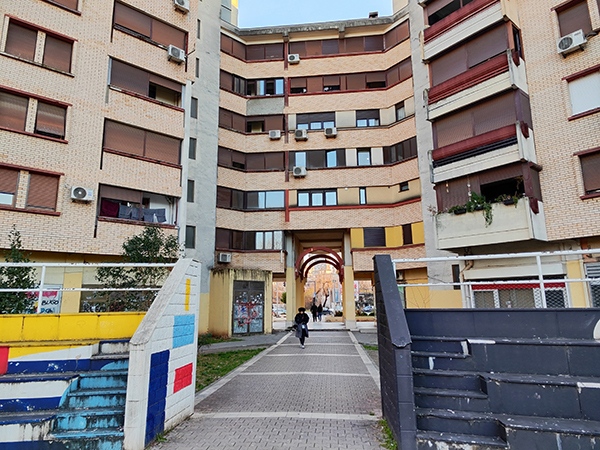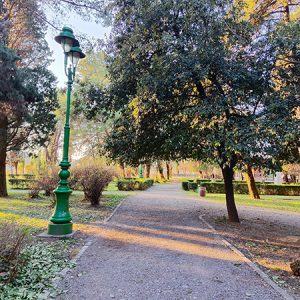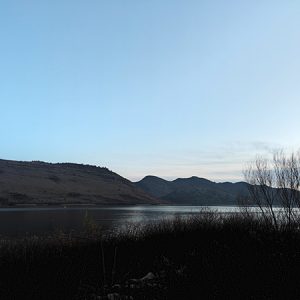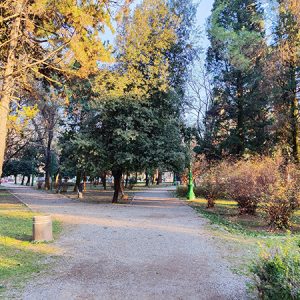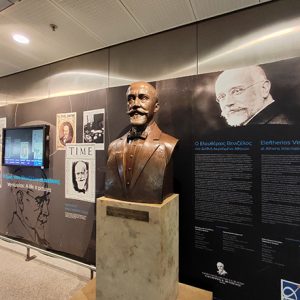Public space in Podgorica (Montenegro) #4
$ 30,00
Description
Location: Public space in Podgorica, Montenegro
Taken on: January 17, 2025
Format: JPEG
File size: 8.6 MB
Dimensions: 4096 x 3072 pixels
DPI: 300
Photographer: Andrey Kashukov, Cyprus
Photo can be used in posters, brochures, magazines, websites, blogs, business cards, applications, social media branding, packaging, postcards, notebooks, invitation backgrounds, flyers, banners, badges, stickers, collages, booklets, illustrations, etc.
Photo can be used in applications: Adobe Photoshop, Adobe Photoshop Lightroom, Adobe Photoshop Elements, Adobe InDesign, Adobe Illustrator, Adobe XD, Adobe Express, Adobe After Effects, GIMP, Photopea, Krita, Pixlr E, Pixlr X, Paint.NET, Affinity Photo, Corel PaintShop Pro, CorelDRAW Graphics Suite, Capture One Pro, Luminar Neo, Pixelmator Pro, ACDSee Photo Studio Ultimate, Affinity Designer, Procreate, Sketch, etc.
This eye-level medium shot captures a view within a residential area, likely an inner courtyard, in Podgorica, Montenegro. The photo, taken on January 17, 2025, focuses on a paved walkway leading towards an arched passage between two large, multi-story apartment buildings.
The buildings are constructed primarily of light brown brick, featuring numerous windows with brown shutters, some partially closed. Each apartment seems to have its own air conditioning unit installed on the exterior walls. The architectural style appears functional and typical of post-war urban development in the region.
The walkway is made of light-colored paving stones arranged in a simple pattern. Two individuals are walking away from the camera along this path, heading towards the arched opening. The passage beyond the archway reveals glimpses of more buildings and possibly a street with parked cars under a slightly overcast sky.
In the foreground, to the left and right of the walkway, are sections of elevated areas, possibly small plazas or the beginnings of staircases. The left side features colorful, somewhat faded graffiti on a low wall, with blue, white, and red geometric shapes visible. A sign with the word “BUGO” is also part of this graffiti. The right foreground shows the edge of a dark gray staircase leading up.
Overall, the image presents a common scene of daily life in a residential part of Podgorica during the winter. The architectural uniformity of the buildings and the presence of residents suggest a functional urban environment.
Podgorica, the capital city of Montenegro, offers a variety of residential areas, each with its own distinct characteristics and appeal. Here’s a description of some of them:
Central Areas:
- City Center (Centar/Nova Varoš): This is the bustling heart of Podgorica, featuring a mix of older Montenegrin interwar housing and taller buildings from the SFRY era, along with modern developments. It’s the main administrative, cultural, and commercial hub, with numerous cafes, shops, restaurants, and cultural institutions. It offers excellent access to amenities and a vibrant urban lifestyle.
- Preko Morače: Located across the Morača River from the city center, this is a well-established and popular residential area. It’s known for its pleasant atmosphere, green spaces along the river, and a mix of residential and commercial properties. It offers a balance of proximity to the city center and a quieter environment, making it attractive to families. However, many buildings are older.
- Stara Varoš (Old Town) and Drač: These areas represent the historical Ottoman part of Podgorica, characterized by narrow streets and older buildings, including mosques and a clock tower. It offers a more traditional and authentic feel, quieter than downtown but still within walking distance of the center.
Modern Residential Areas:
- The Blocks (Blokovi) – especially Blok 5 and Blok 6: Developed in the 1980s, these are considered family-friendly neighborhoods with numerous parks, playgrounds, and green spaces. They offer a relaxed living environment with good access to essential amenities like schools, health centers, and markets, and are generally more budget-friendly than Tološka.
- Block 9: This area offers newer buildings with modern features, providing a balance between price and location, appealing to those seeking a contemporary lifestyle while still being close to amenities.
- City Kvart and Master Kvart: These are newer, modern urban developments with contemporary apartment buildings, trendy cafes, and shopping options. However, some opinions suggest City Kvart might be overly focused on profit-driven construction.
- Tološka Forest: Situated near a natural forest, this area is considered one of the most desirable, offering a blend of nature and urban living. It features premium apartments with modern amenities, a quiet atmosphere, and good access to the city center and shopping malls. It tends to have higher property prices.
- Zagorič: This neighborhood is described as rapidly growing, with new apartment buildings and views of the river and hills. It’s becoming an increasingly popular and dynamic part of the city, with good access to schools.
Suburban and Outlying Areas:
- Zabjelo: Located on the outskirts, Zabjelo offers more affordable housing options and is undergoing transformation with new developments. It provides access to walking and jogging trails and shopping centers.
- Masline: This is a more established, primarily residential suburb known for its quieter atmosphere and views of the mountains.
- Towards Mareza, Sadine, Donja Gorica, Gornja Gorica, Beri, Doljani: These are more suburban or village-like areas offering houses and potentially larger properties, often providing a more tranquil lifestyle away from the city center.
Key Characteristics to Consider:
- Building Age and Quality: Some areas like the Blocks and Preko Morače have older buildings, while newer developments like City Kvart and parts of Zagorič offer modern construction.
- Green Spaces and Amenities: Neighborhoods like Tološka Forest and the Blocks are known for their parks and green areas, while central areas prioritize access to shops and restaurants.
- Price Range: Property prices vary significantly, with Tološka Forest and newer central developments generally being more expensive, while areas like Zabjelo offer more affordable options.
- Lifestyle: Consider whether you prefer a vibrant city life, a family-friendly environment with parks, or a quieter suburban setting.
- Connectivity: Most residential areas in Podgorica offer good connectivity to the city center and other parts of the city via roads and public transport.
Ultimately, the “best” residential area in Podgorica depends on individual preferences, budget, and lifestyle needs.
